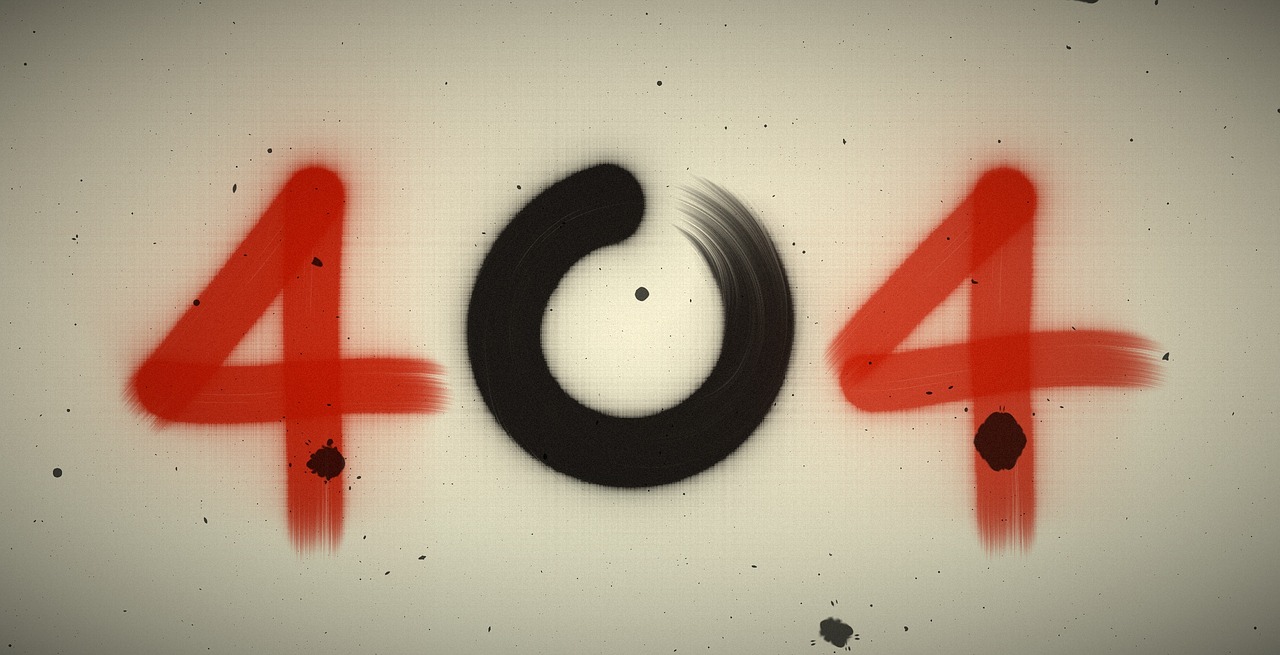Harmonic Series, Fibonacci Spirals, and the Evidence of Intelligent Design
The universe is filled with patterns, many of which reveal an underlying order that governs both the cosmos and the microscopic world. These patterns, often mathematical in nature, are visible in everything from the sound waves we hear to the spiraling galaxies far above. Many view these intricate designs as evidence of intelligent design, suggesting that a higher intelligence is responsible for the creation and maintenance of the universe. Two powerful examples of this are the harmonic series and Fibonacci spirals, both of which showcase nature’s inherent order and beauty.
The Harmonic Series: A Mathematical Symphony
The harmonic series is a concept from both mathematics and physics, particularly in the study of sound and vibrations. When an object vibrates, it does so at a fundamental frequency, known as the fundamental tone. Alongside this fundamental tone, additional frequencies, known as harmonics or overtones, are generated as multiples of the original frequency.
Each harmonic creates its own wave pattern, and together they form a complex, rich waveform. These harmonics are mathematically related, forming a predictable pattern that governs how we perceive sound. This structure can be visually represented, as seen in graphs of harmonic waveforms. This ordered progression of tones is not random; it reflects a fundamental principle of the universe that governs how sound behaves.
Application in Music: The harmonic series is crucial in understanding the tones we hear from musical instruments. A simple note on a piano, guitar, or wind instrument contains numerous harmonics that give the sound its unique timbre. The fact that sound naturally organizes itself into these mathematically perfect patterns points to an underlying structure in nature.
Fibonacci Spirals: Nature’s Blueprint
The Fibonacci sequence is another example of a natural pattern that reveals the order of the universe. The sequence starts with 0 and 1, with each subsequent number being the sum of the two preceding ones (0, 1, 1, 2, 3, 5, 8, 13, and so on). When these numbers are plotted geometrically, they create a spiral, known as the Fibonacci spiral.
This spiral can be found throughout nature, from the arrangement of leaves on a stem to the structure of galaxies. One particularly striking example is the conch shell, whose internal structure follows a logarithmic spiral—closely related to the Fibonacci spiral. This natural design allows the shell to grow larger without changing its shape, maximizing its strength and efficiency.
Another example is the golden ratio, a mathematical ratio that is closely associated with the Fibonacci sequence. The golden ratio is frequently found in art, architecture, and nature. Plants, animals, and even the human body often exhibit proportions that follow this ratio, suggesting that there is a universal law governing the design of life.
Intelligent Design: The Hand of a Creator?
The existence of such patterns in nature raises questions about how the universe came to be so orderly. Proponents of intelligent design argue that these patterns are not the product of random chance but rather the work of a higher intelligence. The fine-tuning of the universe’s physical laws, the complex structure of biological organisms, and the mathematical precision found in nature all suggest purpose and design.
For example:
- Harmonics show that sound, one of the most basic elements of life and communication, follows a structured and predictable pattern. This pattern reflects mathematical principles that are woven into the very fabric of the universe.
- Fibonacci spirals and the golden ratio appear in countless natural forms, from seashells to sunflowers to the spiral arms of galaxies. The pervasiveness of these ratios in nature suggests that life itself is built upon these principles.
The Fine-Tuning of the Universe
The concept of fine-tuning further supports the idea of intelligent design. The universe’s physical constants—such as the gravitational constant, the speed of light, and the mass of particles—are calibrated so precisely that even the slightest variation would render life impossible. The fact that these constants align perfectly to allow for the existence of complex life forms is often cited as evidence that the universe was designed with purpose.
In biological systems, the complexity of DNA also points to intelligent design. DNA operates like a highly efficient code, guiding the development and functioning of all living organisms. The fact that life operates through such an intricate system of information suggests that it was not created by chance but by design.
Intelligent Design in Scripture and Philosophy
For those with a biblical worldview, the intricate designs found in nature are evidence of God’s handiwork. Scriptures such as Psalm 19:1, "The heavens declare the glory of God; the skies proclaim the work of His hands," and Romans 1:20, "For since the creation of the world God's invisible qualities—His eternal power and divine nature—have been clearly seen, being understood from what has been made," reinforce the idea that nature itself is a testimony to divine creation.
This understanding is not limited to religious thought, however. Many philosophers and scientists have also noted the incredible order of the universe, suggesting that it points to an underlying intelligence responsible for the laws that govern the natural world.











No comments